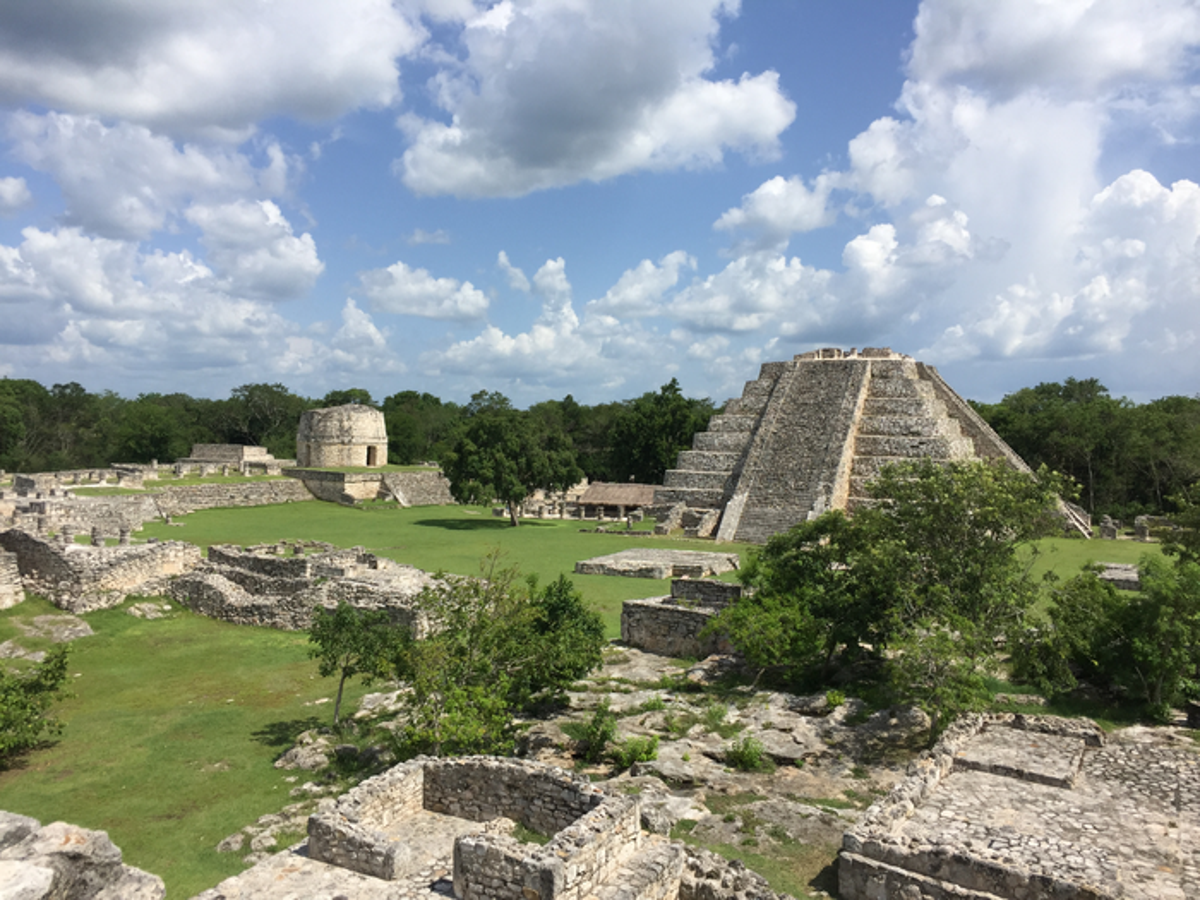
Climate change is linked to an extended period of civil unrest, and the eventual collapse and abandonment of the ancient Maya city of Mayapan, a new study has found.
The research, published on Tuesday in the journal Nature Communications, assessed archeological, historical, and paleoclimate datasets to understand the link between climate change, civil conflict, and political collapse at Mayapan – the largest Postclassic Maya capital of the Yucatan Peninsula in the thirteenth and fourteenth centuries CE.
Researchers, including those from the University of California (UC) Santa Barbara in the US, found that the strife reached a crescendo between 1441 CE and 1461 CE, a period also marked by protracted drought conditions.
“Multiple data sources indicate that civil conflict increased significantly and generalized linear modeling correlates strife in the city with drought conditions between 1400 and 1450 cal. CE,” scientists wrote in the study.
They suspect the drought may have stoked the civil conflict, leading to violence and the institutional instabilities that precipitated Mayapan’s collapse.
“We found complex relationships between climate change and societal stability/instability on the regional level,” study co-author Douglas Kennett from UC Santa Barbara said in an interview.
“Drought-induced civil conflict had a devastating local impact on the integrity of Mayapan’s state institutions that were designed to keep social order. However, the fragmentation of populations at Mayapan resulted in population and societal reorganisation that was highly resilient for a hundred years until the Spanish arrived on the shores of the Yucatan,” Dr Kennet said.
As part of the study, scientists analysed archaeological and historical data from Mayapan, including DNA sequences from human remains and radiocarbon data, to document in particular an interval of unrest between 1400 CE and 1450 CE.
Researchers also assessed regional sources of climatic data and combined it with a newer, local record of drought from cave deposits beneath the city.
“Existing factional tensions that developed between rival groups were a key societal vulnerability in the context of extended droughts during this interval,” Dr Kennett said.
“Pain, suffering and death resulted from institutional instabilities at Mayapan and the population fragmented and moved back to their homelands elsewhere in the region,” he added.
The study found several vulnerabilities the city had in combating climate change, including Maya reliance on rain-fed maize agriculture, a lack of centralised, long-term grain storage, minimal investments in irrigation, as well as a sociopolitical system led by elite families with competing political interests.
The findings, according to the researchers, highlight the importance of understanding the complex relationships between natural and social systems when evaluating the role of climate change in exacerbating internal political tensions and factionalism in areas where drought leads to food insecurity.
“Climate change worries me, particularly here in the western US, but it is really the complexities of societal change in response to climatic perturbations that worry me the most,” Dr Kennet said.
“The archaeological and historical records provide lessons from the past, and we also have so much more information about our Earth’s climate and the potential vulnerabilities in our own sociopolitical systems,” he added.







